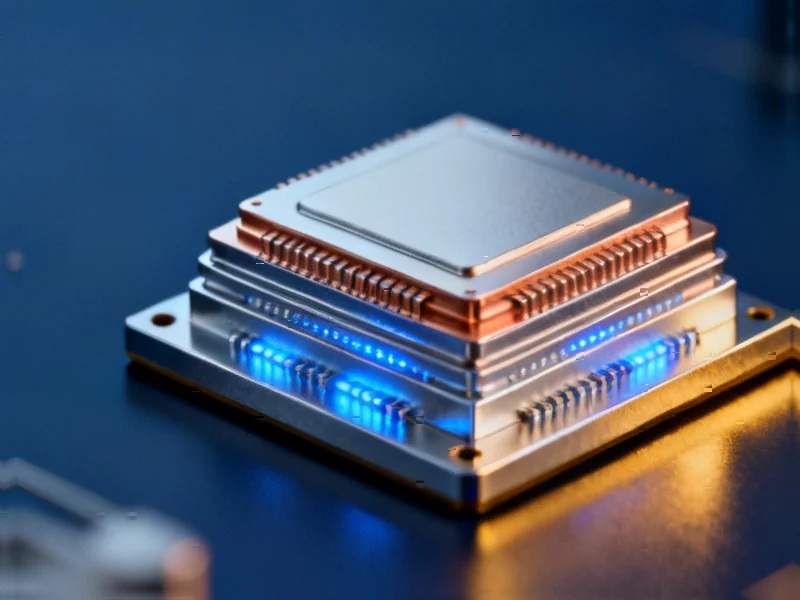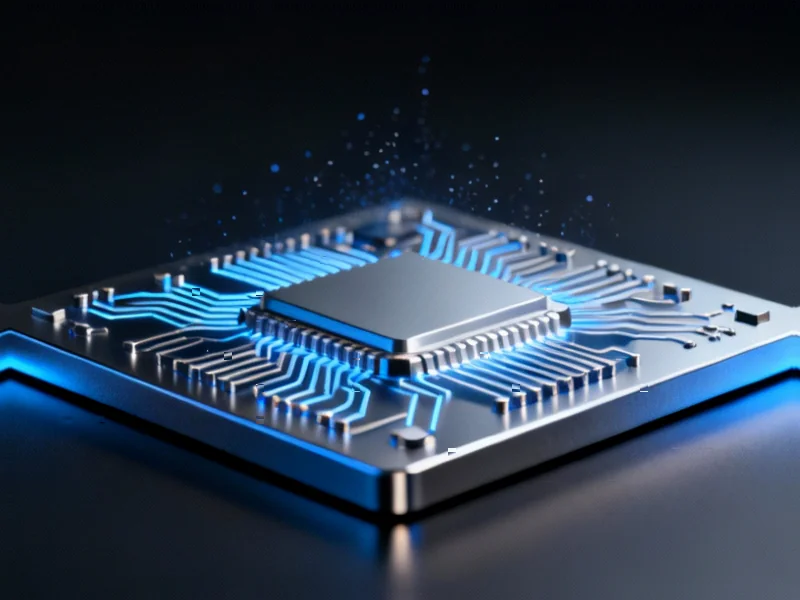AMD’s Cache Revolution: What 192MB Means for Gamers
AMD appears poised to redefine gaming processor performance with its upcoming Ryzen 9000X3D series, featuring unprecedented cache configurations that could dramatically improve gaming experiences. While the current Ryzen 9 9950X3D already dominates the gaming CPU landscape, leaked specifications suggest AMD is pushing its innovative 3D V-Cache technology to new heights.
Table of Contents
- AMD’s Cache Revolution: What 192MB Means for Gamers
- Breaking Down the Leaked Specifications
- Why Cache Matters More Than Ever
- The Technical Breakthrough Behind 3D V-Cache
- Real-World Gaming Implications
- Platform Compatibility and Upgrade Path
- Balancing Performance and Power
- The Competitive Landscape
- Looking Ahead
Breaking Down the Leaked Specifications
According to industry leaks, the flagship Ryzen 9 9950X3D2 represents a significant leap in AMD’s cache strategy. The processor reportedly features 16 cores and 32 threads, maintaining AMD’s commitment to high-core-count designs for gaming and content creation workloads. However, the real story lies in the massive 192MB of shared L3 cache, achieved through stacking 3D V-Cache on both core complex dies (CCDs).
This dual-CCD cache implementation marks a substantial increase over previous generations and demonstrates AMD’s confidence in their vertical cache technology. The leaked specifications also indicate impressive clock speeds of up to 5.6 GHz boost and 4.3 GHz base, combined with a 200W TDP that reflects the increased performance envelope.
Why Cache Matters More Than Ever
For gamers wondering why cache size deserves attention, the explanation lies in how modern games access and process data. Cache acts as the processor’s ultra-fast memory, storing frequently accessed information close to the computing cores. This reduces the time needed to fetch data from system RAM, which is particularly crucial in gaming scenarios where milliseconds matter.
AMD’s 3D V-Cache technology represents a fundamental shift in processor design philosophy. Rather than simply increasing clock speeds or adding more cores, AMD has focused on making existing cores more efficient through better data access. This approach has proven remarkably effective in gaming workloads, where data access patterns can be unpredictable and demanding.
The Technical Breakthrough Behind 3D V-Cache
What makes AMD’s approach particularly innovative is the three-dimensional stacking of cache memory directly on top of the processor dies. This vertical integration allows for massive cache increases without significantly expanding the processor’s physical footprint or increasing latency. The technology uses through-silicon vias (TSVs) to create vertical connections between the cache and processor layers, maintaining high-speed communication while adding substantial cache resources.
The rumored 9950X3D2 takes this concept further by applying 3D V-Cache to both CCDs, essentially doubling the cache benefit for applications that can utilize multiple core complexes effectively. This symmetric cache design could eliminate performance variations between CCDs that sometimes affected previous generation processors.
Real-World Gaming Implications
For gamers, the practical benefits of increased cache manifest in several key areas:
- Reduced Frame Time Variance: Larger cache helps maintain consistent frame delivery, minimizing the stutters and hitches that can disrupt immersive gaming experiences
- Higher Minimum FPS: Games typically show improvement in their lowest frame rates, ensuring smoother performance during demanding scenes
- Future-Proofing: As games become more complex and data-intensive, massive cache provides headroom for upcoming titles
- Multitasking Performance: Streamers and content creators benefit from reduced performance impact when running background applications
Platform Compatibility and Upgrade Path
One of the most compelling aspects of AMD’s approach is their commitment to platform longevity. The leaked information suggests continued compatibility with the AM5 socket, meaning current AM5 motherboard owners may only need a BIOS update to support these new processors. This represents significant value for enthusiasts who invested in AMD’s current platform and want to extend their system’s lifespan without complete platform overhaul.
Balancing Performance and Power
The increased 200W TDP does represent a trade-off that potential buyers should consider. While the performance gains appear substantial, users will need to ensure their cooling solutions can handle the additional thermal output. However, for enthusiasts chasing maximum performance, this power increase aligns with similar trends across the high-performance computing segment.
AMD seems to be betting that gamers will prioritize raw performance over power efficiency at the extreme high end of the market, a calculation that has generally proven correct in previous generations.
The Competitive Landscape
AMD’s continued investment in 3D V-Cache technology demonstrates their commitment to maintaining leadership in gaming performance. While competitors focus on different architectural approaches, AMD has found remarkable success with their cache-centric strategy. The gaming performance benefits of 3D V-Cache have been consistently demonstrated across multiple generations, suggesting this isn’t a temporary advantage but a fundamental rethinking of how to optimize processors for gaming workloads.
Looking Ahead
While these specifications remain unconfirmed by AMD, the consistency of leaks from multiple sources suggests we’re seeing genuine details of AMD’s upcoming strategy. The combination of massive cache increases, high clock speeds, and platform continuity positions AMD to maintain their gaming performance crown., as covered previously
For gamers and PC enthusiasts, these developments signal an exciting future where processor architecture continues to evolve in ways that directly benefit real-world gaming experiences. As we await official confirmation from AMD, the prospect of 192MB cache processors represents another step forward in the ongoing evolution of gaming hardware.
Related Articles You May Find Interesting
- Zorin OS 18 Delivers Impressive Hardware Compatibility and Streamlined User Expe
- IBM Exceeds Q3 Projections and Raises Outlook Amid AI Growth, Yet Shares Decline
- Meta Streamlines AI Operations with 600 Job Cuts, Focuses on Superintelligence
- AI Safety Debate Intensifies as Tech Leaders Call for Superintelligence Safeguar
- Iru Emerges from Kandji to Revolutionize IT Management with AI-Powered Integrati
References & Further Reading
This article draws from multiple authoritative sources. For more information, please consult:
This article aggregates information from publicly available sources. All trademarks and copyrights belong to their respective owners.
Note: Featured image is for illustrative purposes only and does not represent any specific product, service, or entity mentioned in this article.



